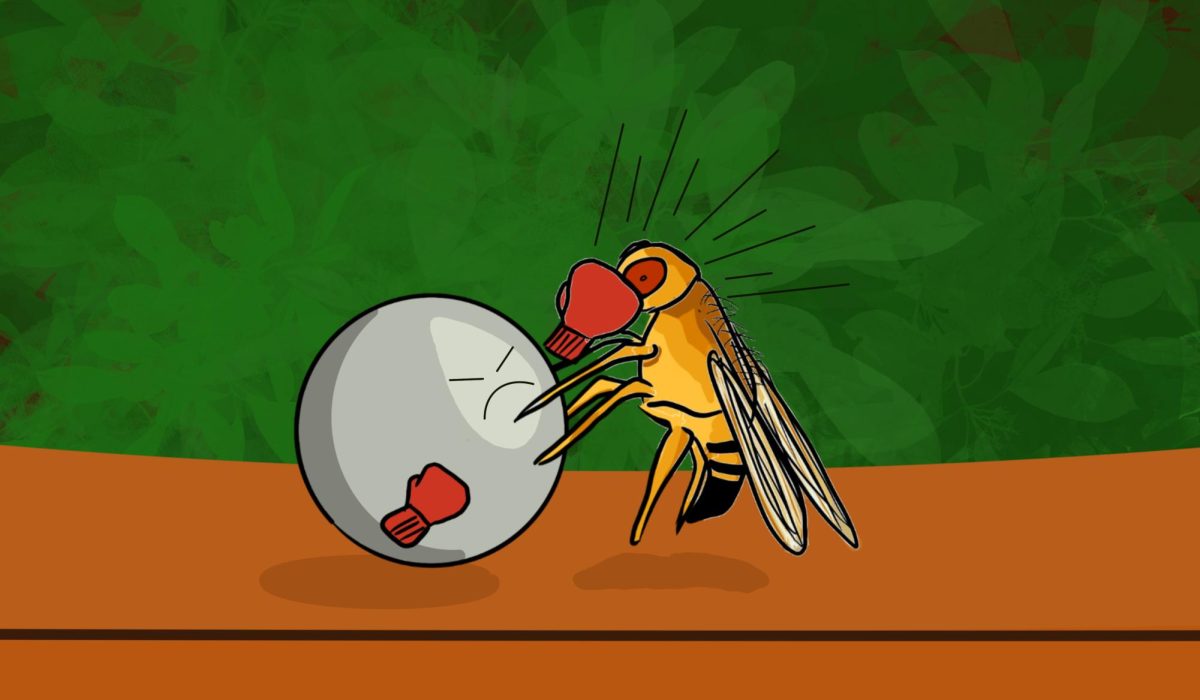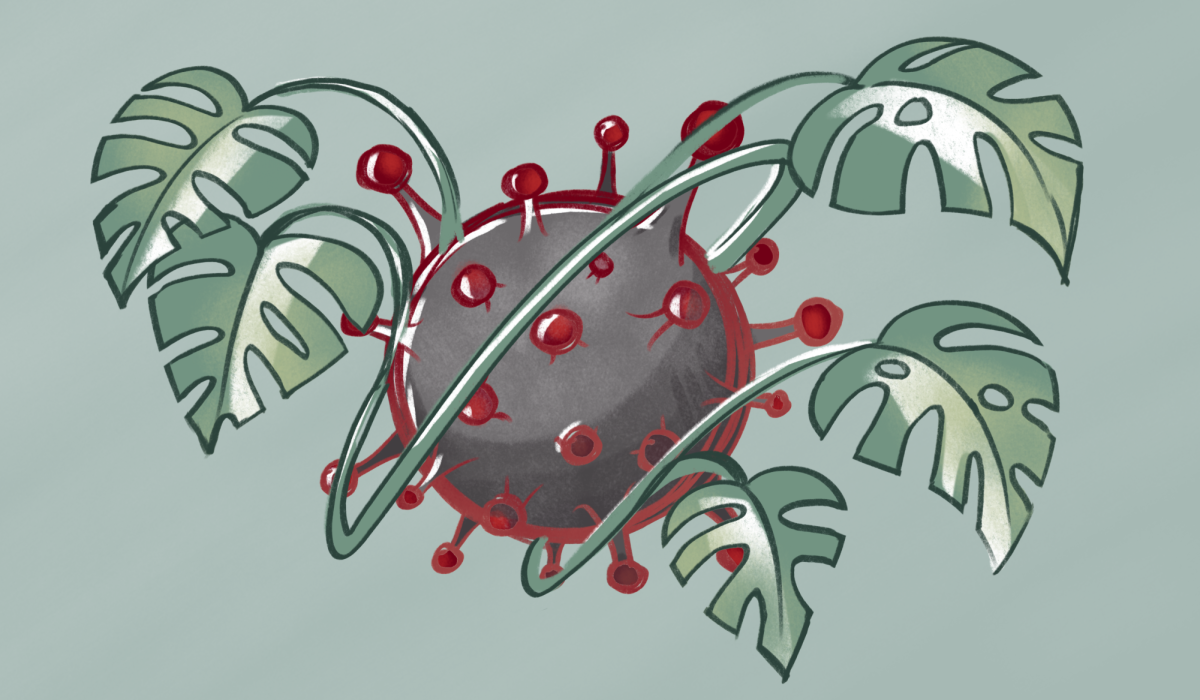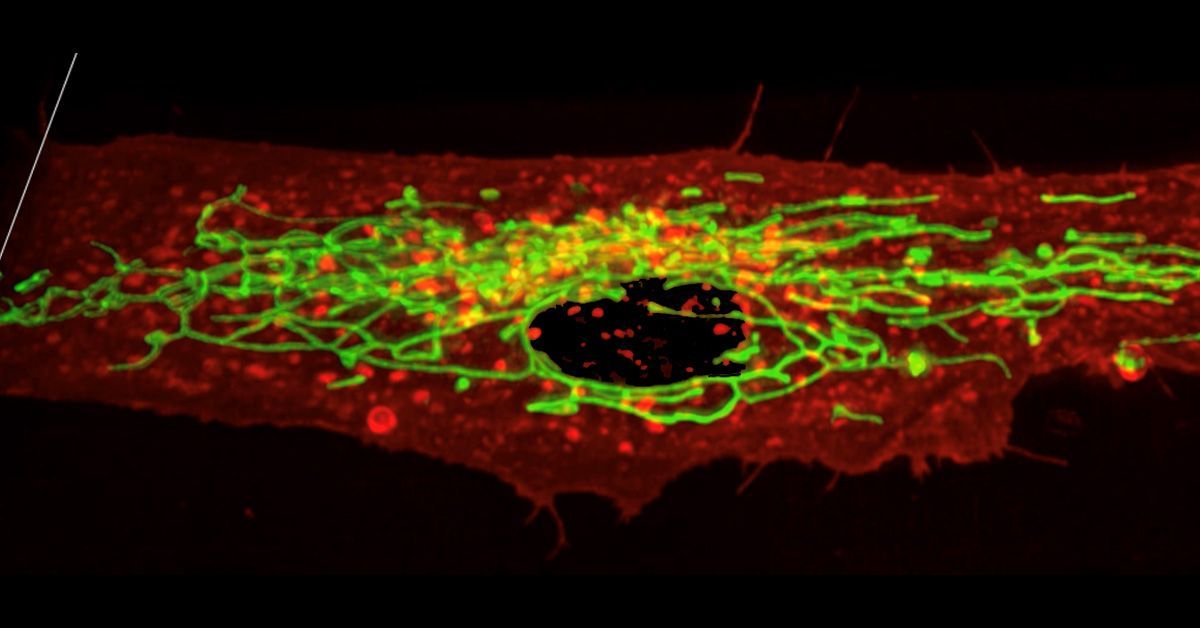Researchers at Dr. Nicole Steinmetz’s lab at UC San Diego have found that viral-derived spherical nanoparticles can serve as a successful pesticide delivery system.
Specifically, researchers built this system to treat nematode pests. Nematodes, also known as roundworms, are known to parasitize crops and cause approximately 125 billion dollars in crop loss globally. Over 4,000 species of plant parasitic nematodes have been identified. To treat these pests, farmers often use pesticides like ivermectin. Unfortunately, ivermectin does not penetrate soil very well, so farmers often resort to over-application of this pesticide to get it down to the plant roots where the nematodes are.
While pesticides are one method to remove pests, they can lead to adverse effects on human health and the environment depending on the type of pesticide used. One option to mitigate these effects could be to deliver a smaller amount of pesticides directly to the pest.
To solve this problem the study proposes using a plant virus, tobacco mild green mosaic virus, as the source of the nanoparticles for a drug delivery system. TMGMV is a rod-shaped virus that infects the plant, tropical soda apple. Researchers from the same lab had previously shown that TMGMV has good soil mobility, making it a good candidate for this study. Like many other viruses, the genetic material for TMGMV is surrounded by a protein coat that allows it to have its rod-like shape. The researchers developed spherical nanoparticles from TMGMV by heating the virus to at least 90 degrees Celsius, causing the coat proteins to reassemble into spherical nanoparticles. In the same reaction, ivermectin can be added so that it can be loaded into the SNPs for delivery to plant roots.
Steinmetz’s team showed that these SNPs penetrate at least 10 cm of soil. Furthermore, after passing through the soil, the ivermectin-loaded SNPs could be used to decrease the number and activity of Caenorhabditis elegans, a type of nematode often used in laboratory studies. The use of ivermectin-loaded SNPs was more effective post-soil passage than topical application of ivermectin, because ivermectin struggles to penetrate the soil.
While treatment of ivermectin directly to nematodes might be more effective, lead author of the paper, Adam Caparco, noted that the goal of the study was to optimize the intersection of “How good is it at killing and is it able to get where it needs to go?”
These discoveries are quite unique because the synthesis of the ivermectin-containing SNPs can be completed in one pot, allowing for easier industrial production of the product. Furthermore, because TMGMV is already approved as an herbicide to eliminate the weed tropical soda apple, it may be easier to get a pesticide made with TMGMV approved for use.
In the future, the researchers plan to validate their SNPs in a soil system with a parasitic nematode species from the genus Meloidogyne infecting a crop like tomatoes. In an interview with The UCSD Guardian, Steinmetz shared that the researchers “are going to do these studies in collaboration with the agricultural research service unit,” a division of the USDA.
Steinmetz has a clear vision for where she sees this research going.
“I think the next steps would be to gear up towards industry funding and commercialization … I envision building a platform where we can package a combination of pesticides into these particles and demonstrate the versatility of this as a platform for nanotechnology,” she said.
Editor’s Note 10/2/2023 12:57pm: The image used for this article incorrectly depicts a hornet as the main pest the nanotechnology would be used against. Plant parasitic nematode pests are typically worms that live underground. This image will be updated online accordingly.








